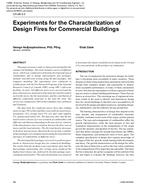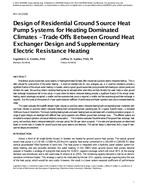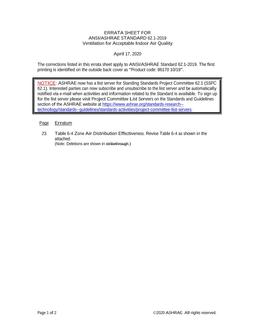Energy saving is one of the most important issues of laboratory animal facilities, because a lot of energy is used in order to provide good indoor air quality (IAQ) at any time. Demand control ventilation (DCV) is expected to save energy by reducing air change rates in accordance with worker’s usage or some IAQ factors. A multiplexed IAQ sensing and VAV automation system were installed as a trial of the collaborative study. The IAQ sensing system continually measures CO2, PM2.5 particulates and TVOCs at multiple locations. The VAV automation system varies air change rates based on these IAQ indices. Because it was the first trial in Japan, target areas were confined to two (one rodents’ and one primates’) animal holding rooms. Step-by-step approach was taken as follows. 1) As the preparation for this DCV trial, an advanced HVAC system was installed and carefully verified its performance. 2) In order to understand the correlation between air change rates and IAQ, air change rates were changed manually (6, 9, 12 and 15 ACH) with continuing the multiplexed IAQ sensing. 3) Based on the foregoing analysis, VAV control in accordance with differential measurements between supply and room (or room exhaust) air was practiced. It was tried in three modes correspond to magnitude of the set points (SP) of the VAV control. In the “SP low” mode, ACH varied synchronized with animal biorhythm (circadian rhythm). This mode saved integrated ventilation air by 20.6-27.5%. On the other hand, in the “SP high” mode, ACH almost only increased during the in-room activity (e.g., cage changing or room cleaning). This mode saved integrated ventilation air by 47.5-48.7%.
Citation: 2016 Annual Conference, St. Louis, MO, Conference Papers
Product Details
- Published:
- 2016
- Number of Pages:
- 8
- Units of Measure:
- Dual
- File Size:
- 1 file , 2.4 MB
- Product Code(s):
- D-ST-16-C014


